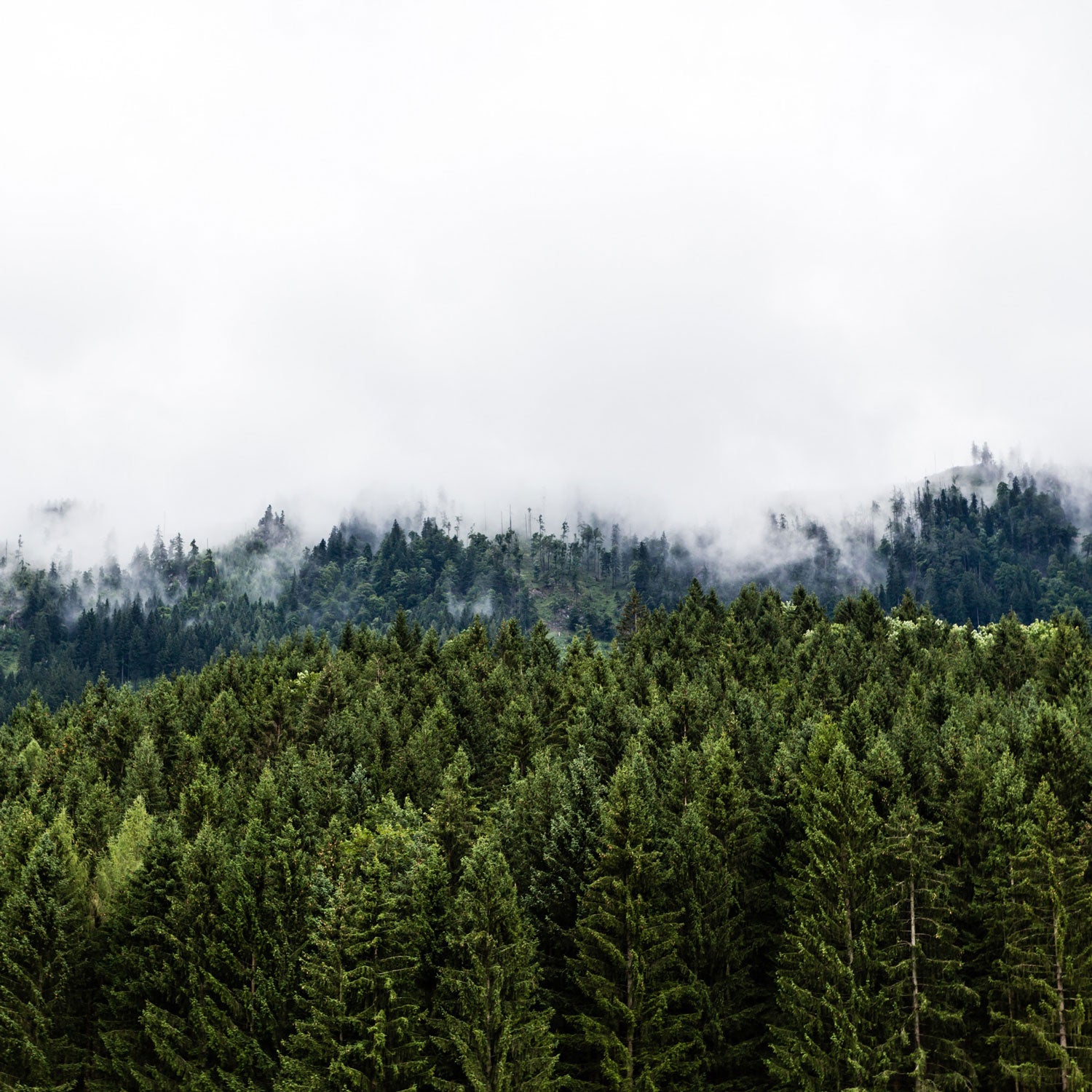The Sealaska Corporation is a for-profit company collectively owned by some 23,000 Native Alaskans from the Haida, Tlingit, and Tsimshian tribes. Since its creation in the 1970s, the company has made much of its money by logging in Alaska’s southeast islands. But beginning this year, that equation will flip: Sealaska stands to earn millions by leaving trees alone.
In March, Sealaska received approval to participate in California’s cap-and-trade marketplace. That means the corporation will preserve 165,000 acres—45 percent of the forestland it controls—for 110 years to serve as a carbon sequestration bank. In return, Sealaska can sell carbon-offset credits to California companies that must curb their emissions under state law.
For now, investing in the carbon-offset market has been restricted to privately held land, which is why tribes and Native corporations like Sealaska have become such big players: They control a lot of forestland. In all, at least nine Native groups, from the Nez Perce in Idaho to the White Mountain Apache in Arizona, have invested in forest-based carbon-offset projects. Conservationists are keeping an eye on their success, because, if done right, it could also revolutionize the way companies profit on public land leases.
“We believe that it fits perfectly with our balanced land-management approach,” says Sealaska CEO Anthony Mallott. “We keep every acre with the foremost thought of best use in a community, cultural, and financial framework. Carbon was the perfect opportunity.”
California’s cap-and-trade program, which kicked off in 2013, promises to cut emissions in the state 40 percent by 2030. It will achieve this, in part, by setting pollution limits for certain industries and by requiring those that exceed the limits to invest in programs that offset their pollution, like carbon-trapping forests. Sealaska’s carbon-offsetting investment is expected to offset 11 million metric tons of carbon—the amount that 2.36 million cars emit in a year. With current offset prices at about $12 per ton, the credits could generate more than $100 million in revenue. No commercial logging will take place there, but that’s not to say the forest will remain untouched. Mallott says Sealaska can still develop its subsurface rights and tourism projects—think trails or lodges—and tribal members will be allowed to cut trees for totems, canoe construction, and other cultural uses.
“It’s another revenue stream that tribes are able to develop within their current conservation practices,” says Bryan Van Stippen, whose Minnesota-based National Indian Carbon Coalition advises tribes seeking to join carbon markets. “To me, it’s a win-win for everybody.”
With current offset prices at about $12 per ton, the credits could generate more than $100 million in revenue.
It’s fitting that tribes and Native corporations are readily considering offsets. It wasn’t until the 1970s when most tribes were granted control of their forestland, and ever since they have been heralded for their resilient forestry practices. Some tribes sign on to these carbon-offset programs to preserve cultural resources, while others might do so purely to monetize land that’s less ideal for timber harvest—in fact, most tribes in the carbon market have maintained their logging operations, and instead of clear-cutting forests, they selectively harvest trees. For example, tribes could wait 60 years instead of 45 to cut second-growth trees, allowing more carbon to be stored before a tree is cut.
“Commercial logging operations are still able to operate with sustainable management practices,” says Van Stippen, adding that Sealaska and the other tribes around the country that are investing in carbon offsets are “maybe changing a few of their practices but are not putting a hindrance on their commercial operation.”
This system, so far, has been kept to privately owned forests. But the idea of leasing publicly owned land for carbon banks is gaining attention from researchers.
Under the current system, forestland leaseholders turn a profit by cutting and selling trees. But what if companies could bid on leases with the idea of conserving the land as a carbon bank? It might actually be more profitable than doing so on private land, because federal leases present a relatively low-cost option on a massive scale. There is plenty of potential for national forests to act as a carbon sink, and according to the U.S. Forest Service, America’s public forests already offset 16 percent of our annual carbon emissions.
It’s not illegal to lease land for carbon sequestration. There just hasn’t been an executive order or any legislation that says you can do it. Because of that, most offset developers won’t consider projects on public land—yet. And all it might take is pressure from the private sector after they notice Sealaska and tribes turning big profits.

